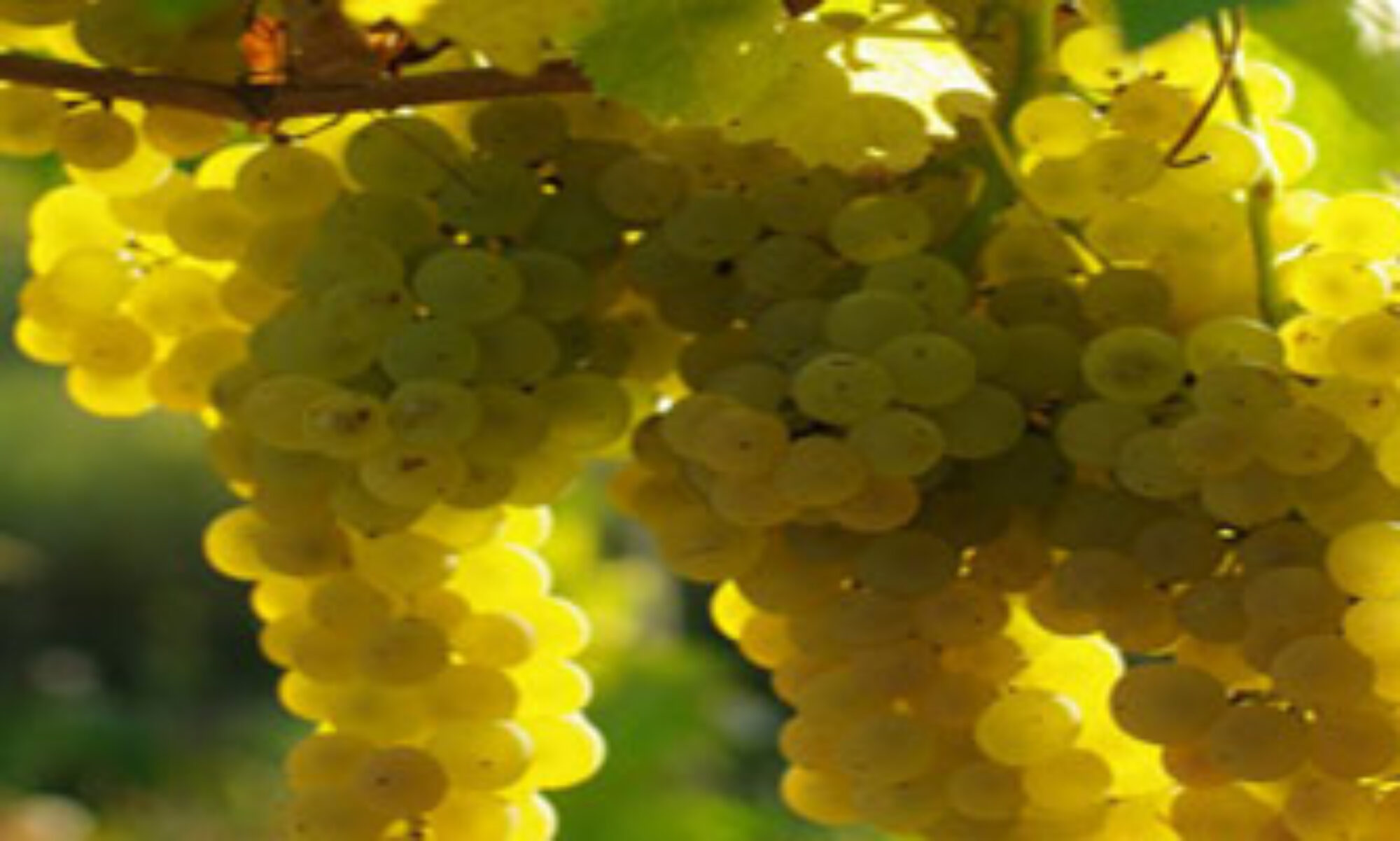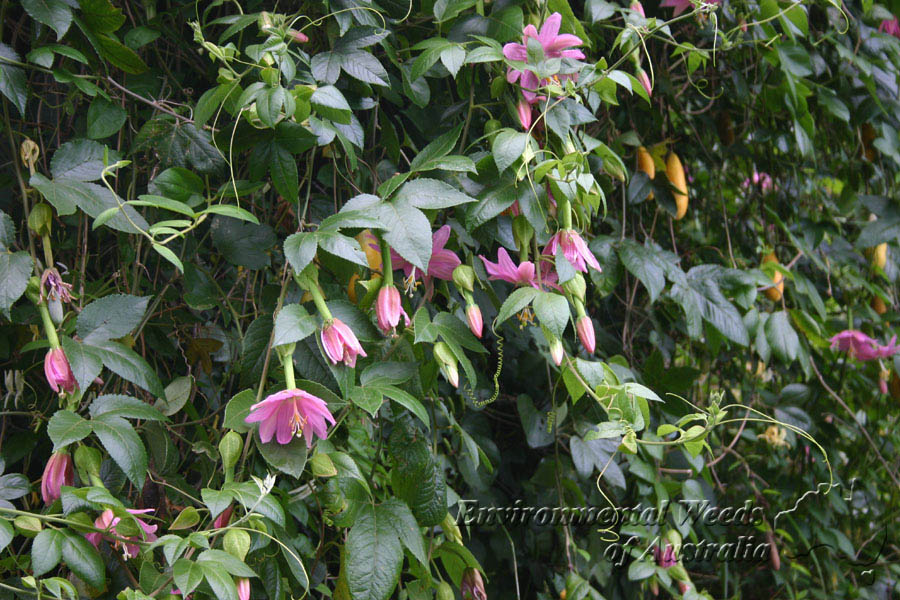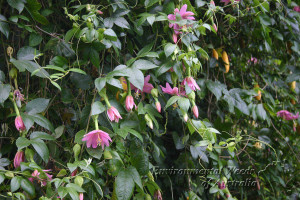Actuellement nombreuses graines “en stock” (il y a encore quelques coco du chili) et d’autres “en souscription”, demander la liste (contact: onglet en haut à droite)
-5°C à -15°C selon pfaf (voire -15 selon wikipédia (sans référence), et -15 selon ce vendeur qui a expérimenté des -10°C: http://palmiersprestige.com/jubaea%20chilensis%20%28vente%20des%20plus%20beaux%20palmiers%20et%20cocotiers%20d%27ext%E9rieur%29.html)
12m selon Pfaf mais 25m de haut selon le lien ci dessus/5m de large (Croissance TRÈS lente jusqu’à la 15ème année). Il faudra attendre 40 à 51ans (sud france: Hyères, Montpellier), voire 60 ans (plus au nord) pour qu’il fleurisse et fructifie.
Soleil
PERSISTANT
Tous sols
(En octobre à Hyères:) Fruit – env. 5 cm de diamètre [200]. Contenant une noix de coco de moins de 3cm de diamètre (JD).
Les fruits sont des drupes ovoïdes, monospermiques. Ils sont semblables à des petites noix de coco. Ils ont une pulpe orange ou jaune vif et fibreuse qui entoure une graine, contenant une chair blanche et comestible dont le goût rappelle celui de l’albumen de la noix de coco ordinaire.
photo fruit avec sa pulpe: https://fr.wikipedia.org/wiki/Cocotier_du_Chili#Fleur_et_fruit
Les endocarpes sont parcourus de la base au sommet par 3 sillons plus ou moins saillants, alternant avec les trois pores ronds ou ovales, situés à des hauteurs différentes, depuis la base jusqu’au milieu7. Ces trois opercules contiennent trois germes. La maturation de l’infrutescence du cocotier dure de février à mai dans l’hémisphère sud10. Cette infrutescence arrive également à maturation dans le sud de la France. La noix est appelée au Chili coquito.
Le coquito est une graine oléagineuse. L’analyse de l’huile de coquito montre qu’elle est composée à 67,3 % de matières grasses (essentiellement des acides gras saturés comme l’acide caprique, l’acide caprylique, l’acide laurique et l’acide myristique et des triglycérides à chaîne moyenne), entre 7 et 11 % de protéines, glucides et fibre11.
Une agréable saveur de noisette [2] utilisées dans les sucreries [183]. La graine est d’environ 2,5 cm de diamètre [jd]. Une huile comestible a également été obtenue de la graine [46, 61, 105, 177].
Sève – crue ou cuite. Un goût très sucré, peut être utilisé comme une boisson rafraîchissante [1, 2, 11, 61], concentré dans le sirop dans les ferments de vin ou [183]. En enlevant la couronne du palmier, la sève commence à couler puis, si la section mince du tronc est retirée chaque jour, la sève continue à s’écouler pendant plusieurs mois [2]. Un rendement de plus de 400 litres de sève peut ainsi être obtenu de l’arbre [2].
Multiplication
JD: Il y avait un exemplaire au parc Olbius Riquier à Hyères (cote d’azur) selon wikipédia: mais il était mort et coupé quand j’y suis allé en octobre 2015. Je me demande si c’est l’effet répété du rundup, encore utilisé dans ce jardin rétrograde.
jubaea chilensis, c’est un palmier très proche du cocotier. Il produit des petites noix de coco a un âge avancé.
https://fr.m.wikipedia.org/wiki/Cocotier_du_Chili
Ici http://www.greffer.net/discussion/viewtopic.php?f=30&t=5787&p=52790&hilit=jubaea+chilensis#p52790 JM écrit en mai 2016 qu’il y en aurait 2 gros sur le port de Lorient, un gros à hendaye et d’autres sur la côte méditerranéenne (et en Bretagne).
Depuis 1900 et à Torquay, un specimen faisait 7,5 mètres de hauteur en 1972 [11, 166].
À la Villa Thuret (devenue une station botanique de l’INRA), au cap d’Antibes, dans les Alpes Maritimes, le premier sujet est planté en 1858, 4 ans après le semis.
Probablement qu’il faudra une situation ensoleillée à l’abri dans un sol humide mais bien drainé [231]. Les plantes âgées sont beaucoup plus tolérants au froid que les plantes juvéniles [231]. Dans les régions à la limite de leur tolérance au froid, donc, il est prudent de cultiver les plantes dans des conteneurs pour quelques années, C’est une plante à croissance très lente, prend plusieurs années avant qu’il ne commence à former le tronc, la croissance s’accélère á la 15ème année. Il prend jusqu’à 60 ans pour fleurir et produire des semences [139]. L’arbre est très rare dans son aire de répartition naturelle (y étant le plus gros de tous les palmiers avec jusque 5 m de circonférence au sol) parce qu’il a été largement exploité pour sa sève comestible. Les arbres sont décapités pour qu’une grande quantité de sève exsude du tronc. L’arbre ne peut pas produire branches secondaires et il meurt donc après ce traitement [139].
Reproduction:
La graine peut prendre six mois à un an pour germer [200]. La tremper pendant 12 à 24 heures dans l’eau chaude dès réception puis semer directement en place ou en serre chaude?
La graine a une courte durée de vie (3 ans selon ce forum). La multiplication se fait exclusivement par semis. Le taux de germination est supérieur à 50 %. Pour obtenir des résultats satisfaisants, « il faut semer des graines très fraîches*, les faire hiverner (5 °C à 10 °C) quelques semaines en terre humide, puis les placer dans des conditions chaudes (27 °C) et humides. La croissance des plantules est délicate, car ces dernières sont sensibles à une maladie (sorte de fonte) dont les origines sont inconnues ». Il faut toutefois trois à huit mois pour obtenir la première feuille, simple et assez longue. La croissance est ensuite très lente les premières années, comme pour tous les palmiers. (wiki)
* les graines fraîches germent plus vite, c’est vrai avec presque toutes les graines (jd).
Des jubaea pas fraiches pourraient mettre 4 ans à germer selon ce forum
Cela veut dire selon l’origine des graines, si elles sont récoltées en juillet et qu’on les sème aussitôt en place, elles pourraient germer pendant les pluies du printemps suivant, sauf si on les met préalablement au frigo, et qu’on les arrose tous les jours à la main ou au goutte à goutte, puis qu’on protège du froid la jeune plantule car ce sont les sujets plus âgés qui tolèrent le gel. (jd)
On peut les premiers hivers, mettre de la paille et un plastique transparent, une cloche ou un chassis sur les jeunes pieds directement semés en place pour ne pas être transplantés. (jd)
Je vois sur les forums des échecs (ou délais?) en cas de semis direct en pleine terre, mais peut etre qu’un arrosage quotidien leur aurait donné succès.
autre jubaea:
|
| UN autre palmier fruitier tolérant le gel: Brahea edulis est le palmier de guadeloupe, -8 à -10°C |
| UN AUTRE PALMIER, LE BUTIA ODORATA (EX-CAPITATA), donne des fruits comestibles de couleur et goût d’abricot et pousse assez vite, pour résister jusqu’á -14°C à l’age adulte (selon le vendeur dont lien en début d’article), voire -2°C selon PFAF (la graine met 2 ou 3 mois pour germer), -10 à -12°C selon d’autres sources. |





